Podcast: Play in new window | Download
Subscribe: Apple Podcasts | RSS
Guest: Cris George
Host: Dave Homewood
Recorded: 2nd of March 2022
Released: 11th of March 2022
Duration: 1 hour 51 minutes 51 seconds
In this episode Dave Homewood talks with former Naval Aviator Cris George. Cris served in the Royal New Zealand Navy from 1966 till 1978. During that time he attended 771 Wings course at Wigram, and then headed to Britain for his first tour with Commando Squadrons in the Royal Navy, flying Westland Wessex helicopters. Upon return to New Zealand he converted to the Westland Wasp, and went on to serve aboard HMNZS Canterbury and HMNZS Waikato.
He then crossed the Tasman in 1978 to serve in the Royal Australian Navy Fleet Air Arm, predominantly flying their Squirrel helicopters actively till around 1991, and in other roles until retirement in 2008.
Cris recalls the Wasp very fondly. “Not so much because it was a really nice aircraft to fly-which it was,” he says, “but mostly because of the job it did integrated with its parent ship performing for that time an important operational task day and night in most weathers. And that was along with being maid of all work, fetching the mail and flying the occasional Medivac own ship and others for treatment, etc. For a young aviator on his second tour and as the sole aircrew (for that time) on the scene with a small team highly regarded and trusted RNZAF maintainers each a master of his trade overseen by a Senior Flight Sergeant, it was a mighty job.”
In the episode Cris gives a fascinating insight into his flying with the Royal Navy, the RAN, and particularly about his time on the ships of the Royal New Zealand Navy.
Note: As promised during the chat, Cris followed up with these figures: “HMS Hermes complement was 2100. The rule of thumb re size of a Commando was approximately 500. This figure would vary depending on role and the environment but that was the rough planning number.”
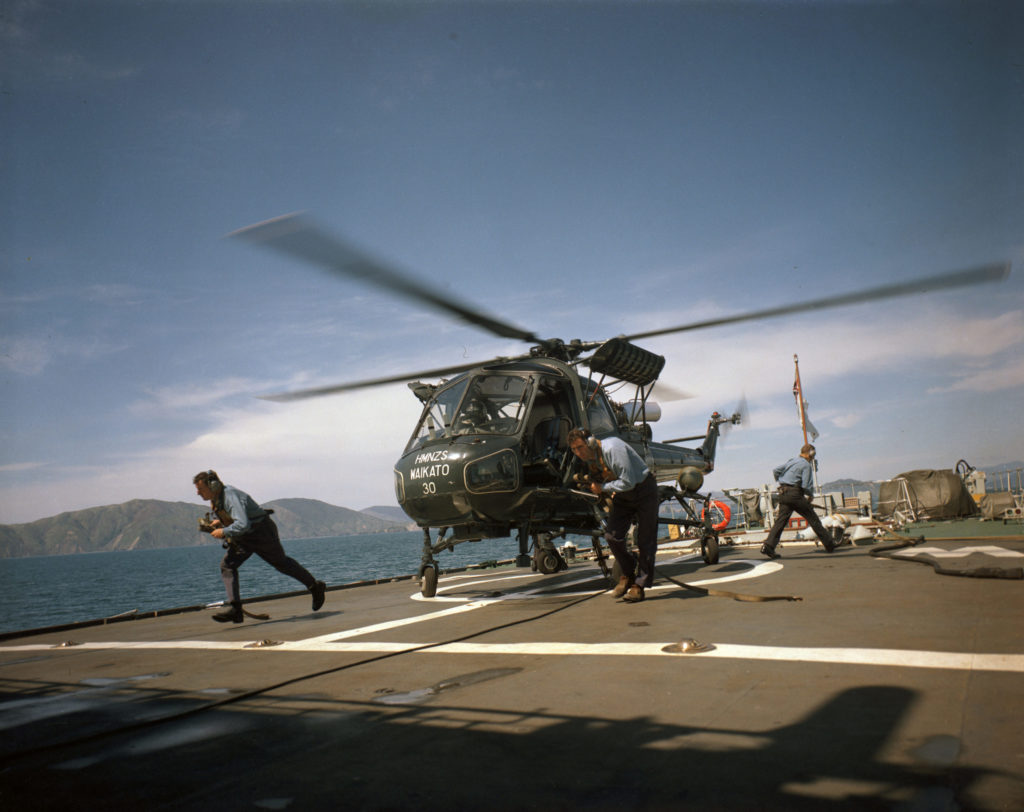
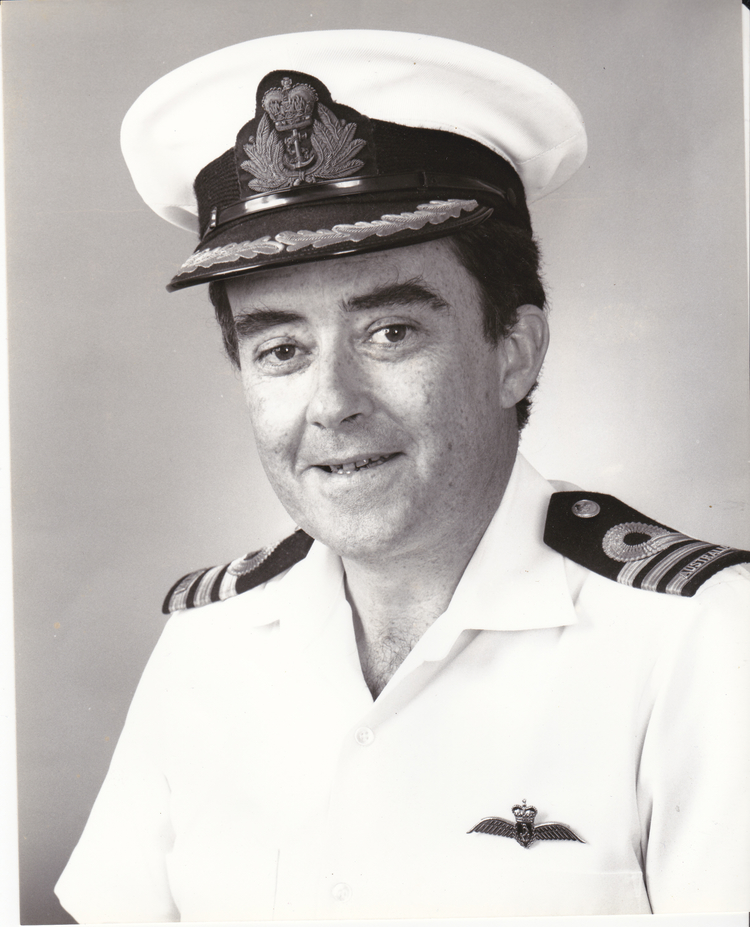

Air Force Museum of New Zealand M-W4
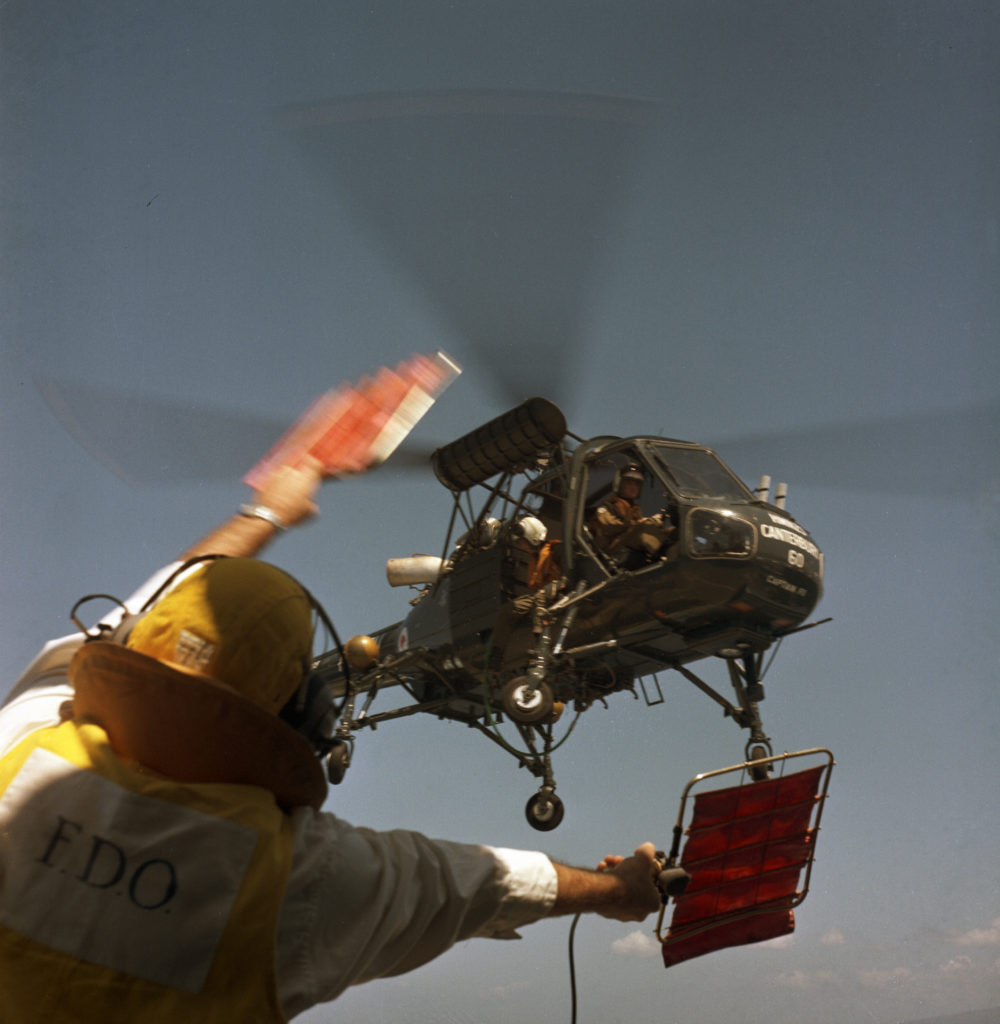
Air Force Museum of New Zealand M-W6

Air Force Museum of New Zealand WhC102-86
Cris says: ” I remembered that I had an NZ Wings magazine of 1977 which had an article about the Westland Wasp HAS Mk1. I have found it and thought you might be interested. It was written by self and FSGT Dick London who the was Senior NCO I/C with considerable experience of several RNZN Wasp Flights. Please remember that it was written 45 years ago. And that I have learnt a bit since then..”


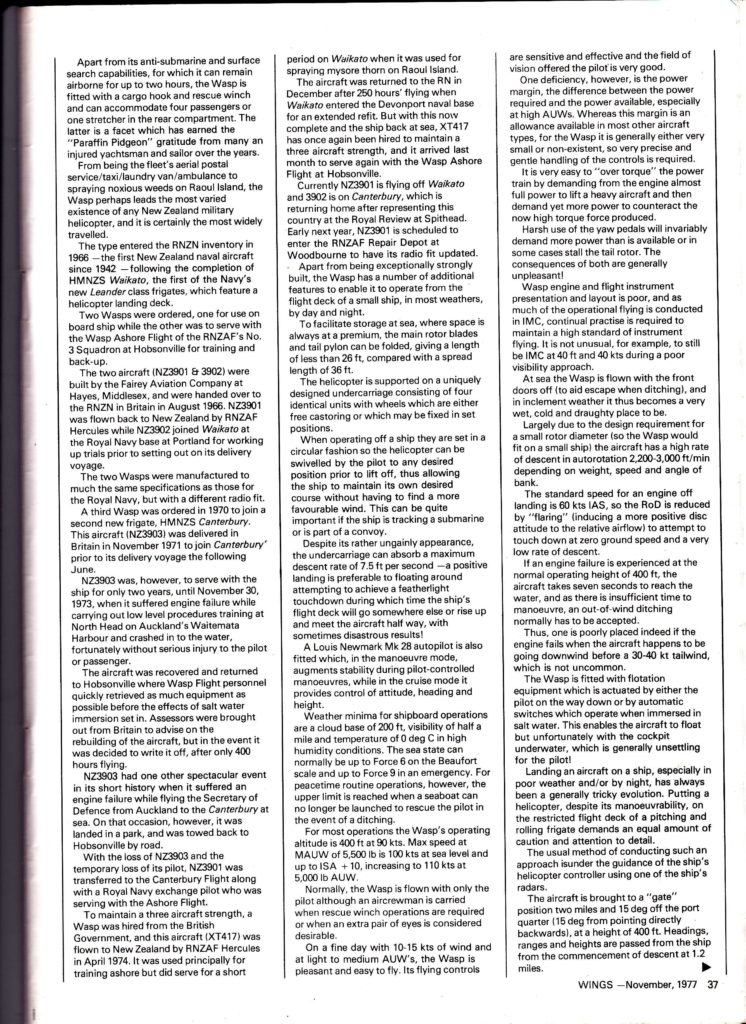
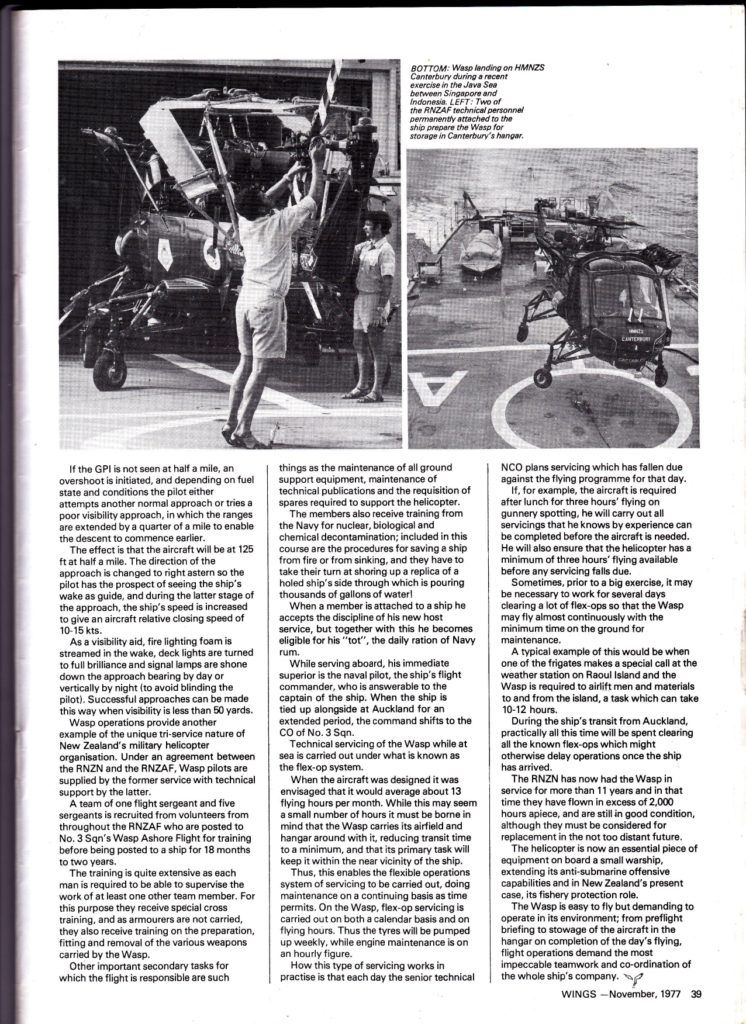
Cris says, “Hopefully this link will give you an idea about RAST. The thumbnail shows the CH 148 during a severe roll. You can see the starboard main wheel has lifted clear of the deck. The chain lashings are slack and therefore unloaded. So the aircraft is secured by its RAST probe. The rails embedded in the flight-deck are there to guide the aircraft into the hangar without it striking ship’s structure.”
https://www.cw-ems.com/indal/products/helicopter-securing-and-traversing/rast/default.aspx
“And a little overly dramatic demo of probe and grid.”
https://www.military.com/video/aircraft/helicopters/helicopter-landing-in-rough-seas/949128900001
And lastly, here are the 1917 orders from HMS Repulse as Cris discussed.

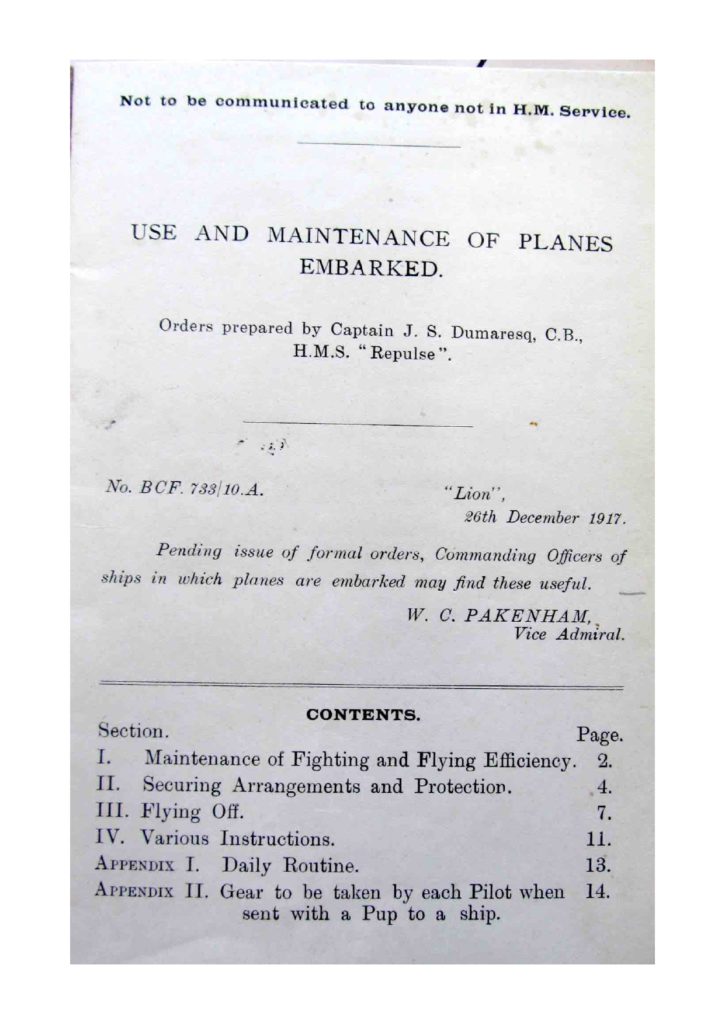
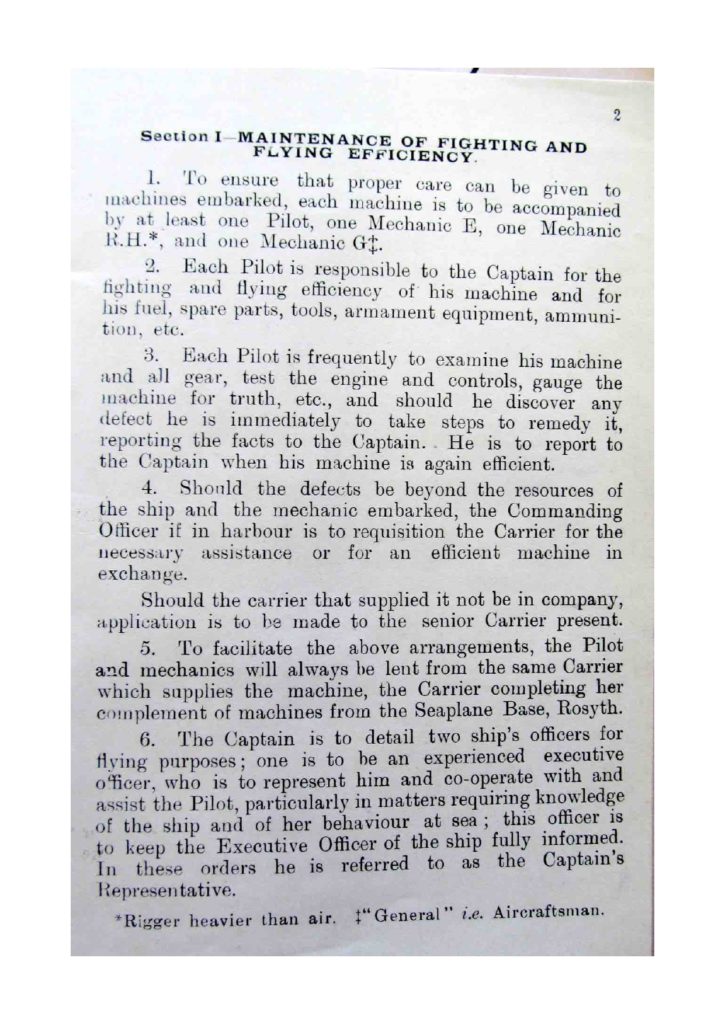
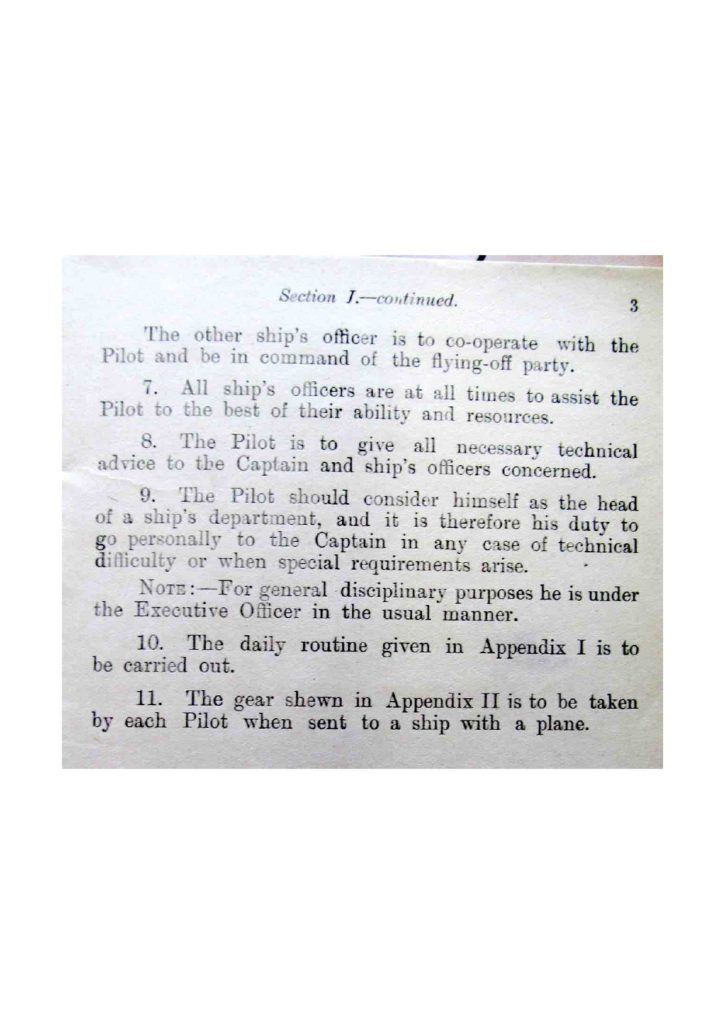
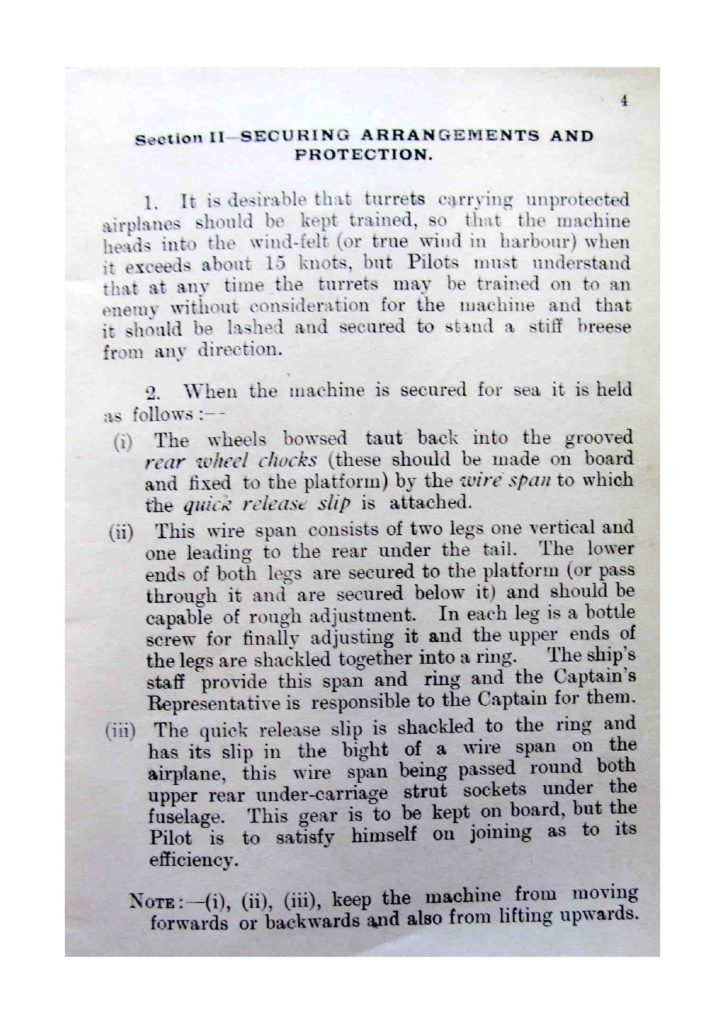

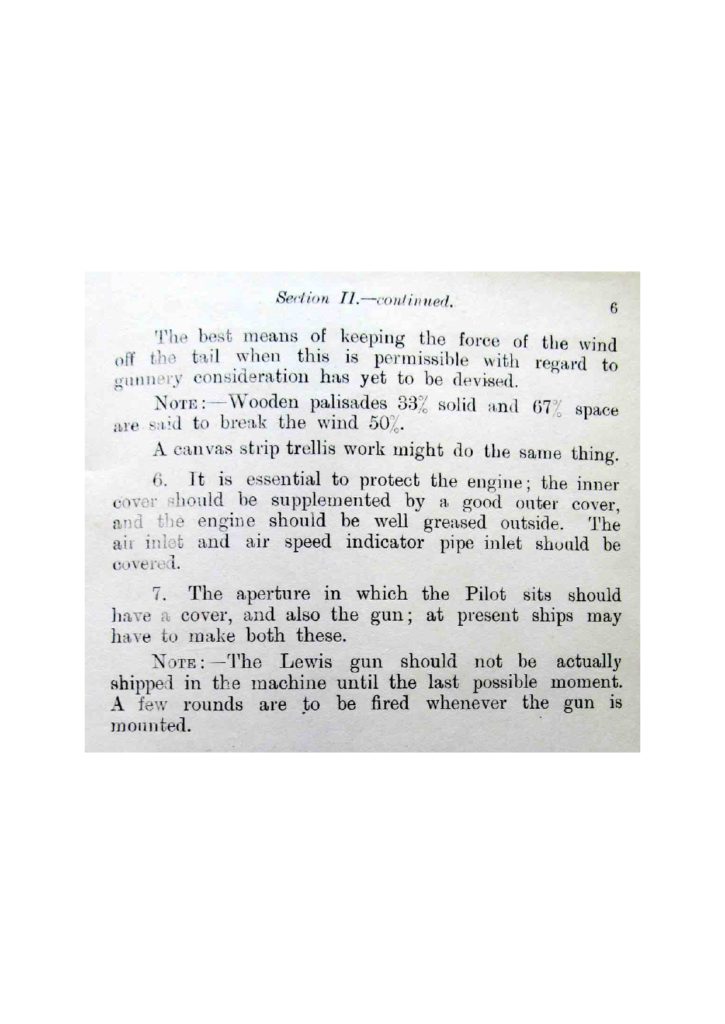

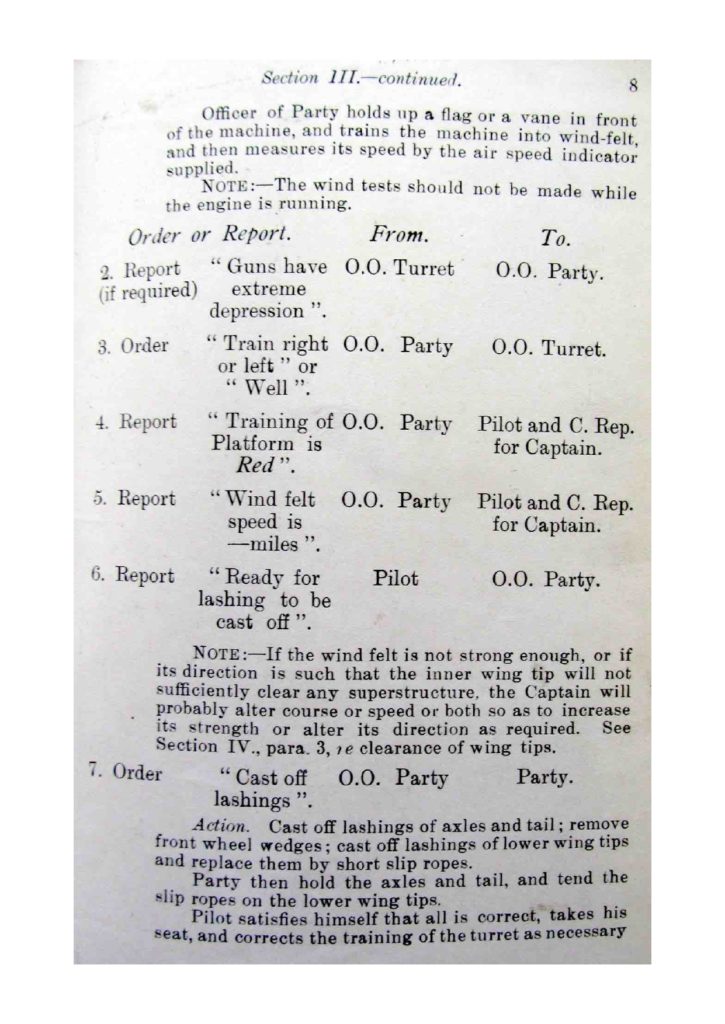
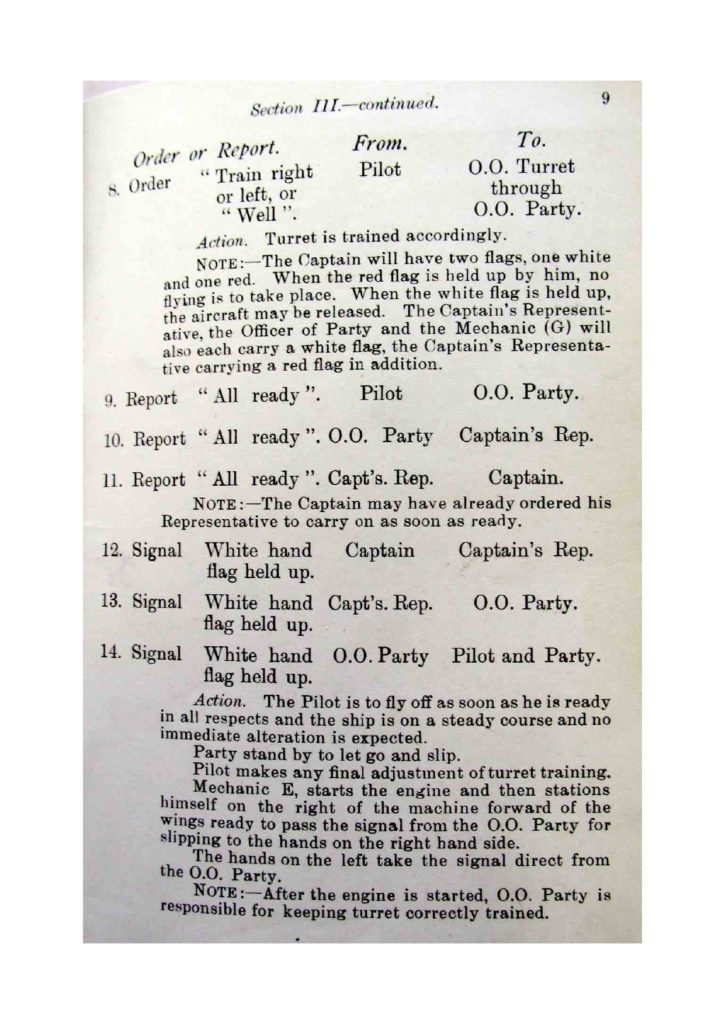

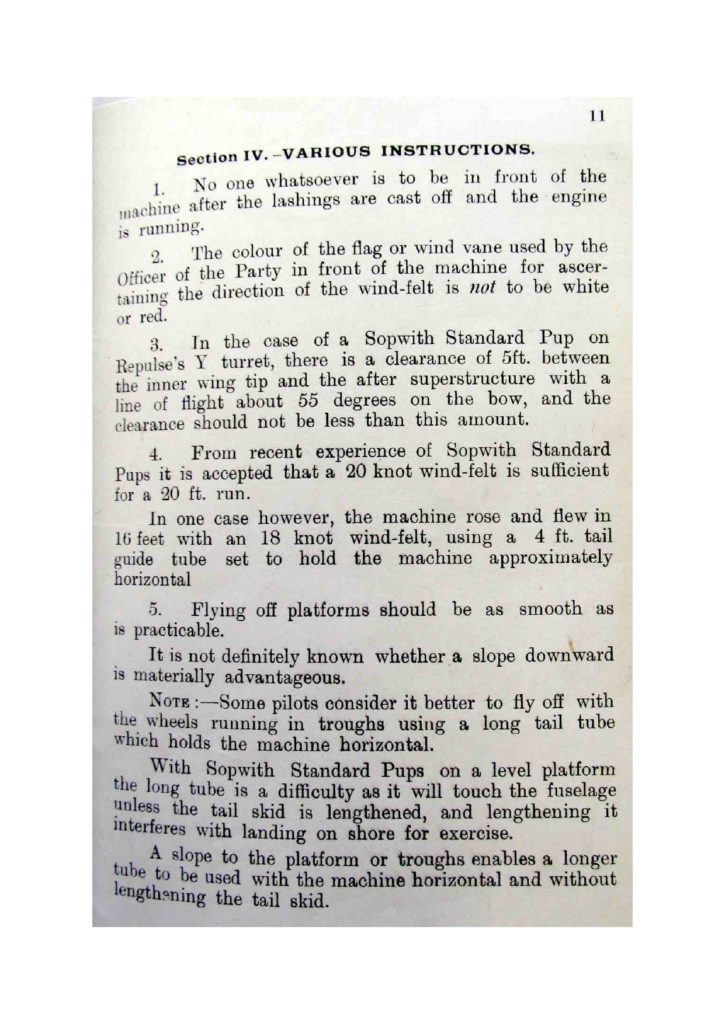
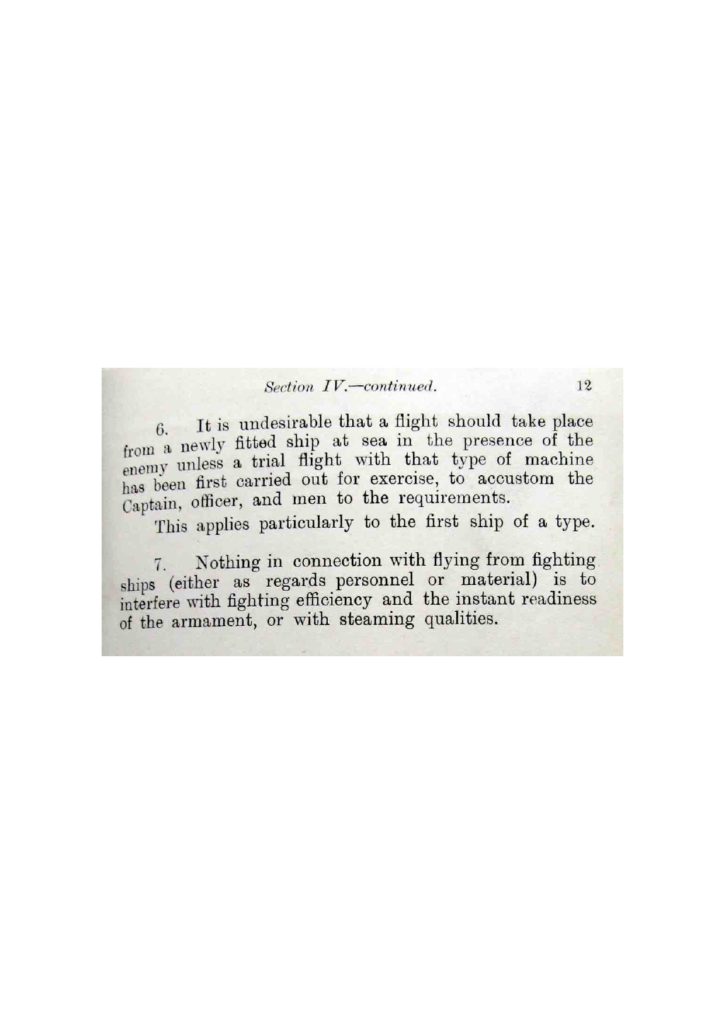


The music heard in this episode is Wild Flower by Joakim Karud
Excellent program…brought back a lot of memories. Cris and I were on exchange tours with the RN and served together in 845 Squadron. I was a Captain, USMC, and had just finished my first combat tour in RVN.
Thanks for the feedback, I am glad you enjoyed it.